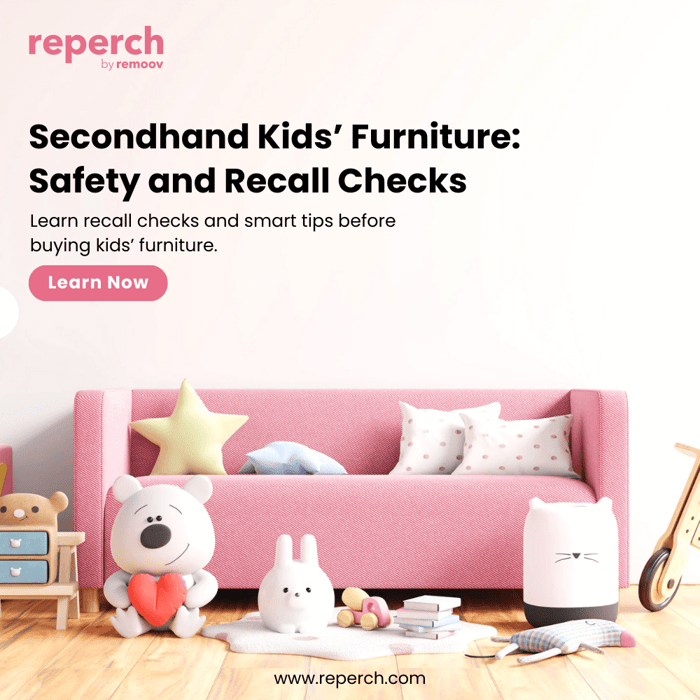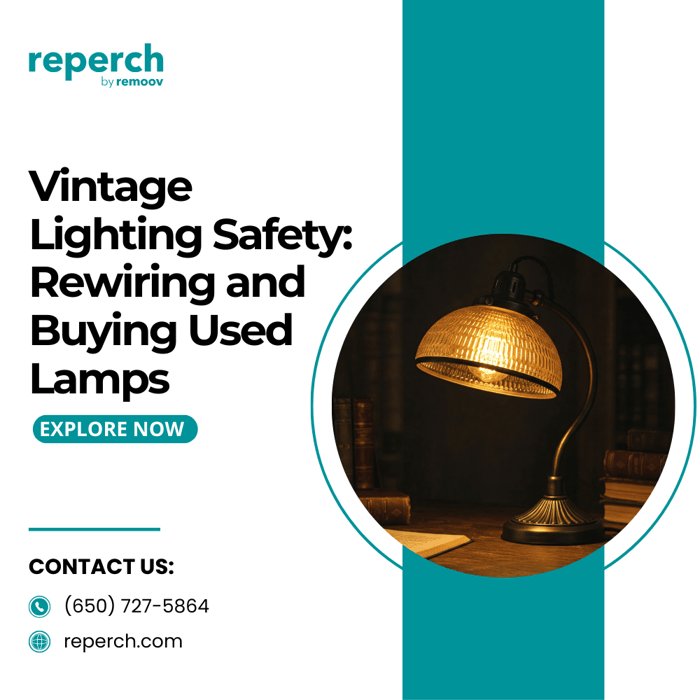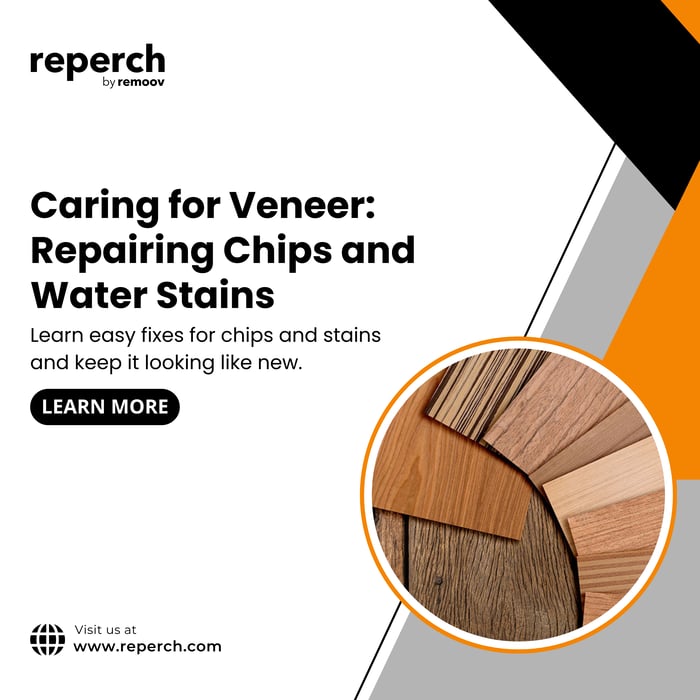Buying used furniture for your child’s room can be a smart, eco-conscious decision. It saves money, reduces waste, and often results in finding unique, high-quality pieces that stand the test of time. But when it comes to your child’s safety, secondhand doesn’t mean second best; it just means shopping with a more critical eye.
Here’s how to make sure the furniture you’re bringing home is safe, stable, and free of recalls.
Why Extra Care Matters When Buying for Kids
Children's furniture is subject to stricter safety standards for good reason. Kids climb, chew, and test the limits of everything around them. A loose drawer pull or wobbly chair isn’t just an inconvenience; it could be a hazard.
The U.S. Consumer Product Safety Commission (CPSC) reports thousands of child injuries each year due to furniture tip-overs, collapses, or faulty parts. That’s why buying secondhand for kids requires an extra layer of inspection.
Check for Recalls Before You Buy
Before finalizing any purchase especially for cribs, dressers, high chairs, or changing tables, look up the item on the CPSC website. You’ll need a brand name and model number, often found on a label or stamp underneath or behind the furniture.
If the item has been recalled, even if it looks like it’s in great condition, it’s best to skip it. Many recalls involve issues that aren’t visible, like unstable frames or faulty hardware.
High-Risk Items to Approach With Caution
Not all furniture poses equal risk. Here are a few pieces that deserve a closer inspection:
Cribs
Avoid drop-side cribs entirely they were banned in 2011. Check that slats are intact and close enough together (no more than 2 3/8 inches apart). The mattress should fit snugly with no gaps.
Dressers and Changing Tables
Tip-over risk is the biggest concern. Make sure the piece feels heavy, sits level, and comes with an anti-tip kit or wall anchor hardware.
High Chairs
Ensure the straps are present and secure, the tray locks properly, and there are no loose screws or splintered wood. If it folds, test it several times to confirm it locks firmly in place.
Red Flags to Watch For
When inspecting any piece of secondhand kids’ furniture, keep an eye out for:
Chipped paint (which could contain lead in older pieces)
Sharp edges or splinters
Loose joints or hardware
Wobbly legs or unstable construction
Signs of mold or water damage
It’s also a good idea to give the item a gentle shake to see how it holds up to movement because that’s exactly what your child will do.
Safe Materials and Finishes Matter
If you're buying wooden furniture, stick to solid hardwood or engineered wood labeled CARB Phase 2 compliant. Avoid furniture with cracked or peeling finishes, and never sand or refinish a painted surface unless you’re sure it’s lead-free.
Upholstered furniture should be free of rips or sagging fabric and ideally come from a smoke-free, pet-free home. Always clean and sanitize before use.
A Better Option: Consign With Confidence
At Reperch, we believe safety and style go hand in hand. Every kids' furniture piece we accept into our consignment program is carefully evaluated for quality, condition, and safety. Our goal is to help families find functional, charming pieces without compromise.
When you shop with us, you’re not just getting a deal; you’re getting peace of mind.
Final Tips for Safer Shopping
Bring a measuring tape to ensure the piece fits your space.
Ask for a manual or manufacturer’s label to verify model info.
Choose sturdy, simple designs that will grow with your child.
When in doubt, walk away. No savings are worth sacrificing safety.
Buying used doesn’t mean cutting corners. With the right checks and a little research, you can build a beautiful and secure space for your child while staying on budget. Reperch is here to help you make smarter secondhand choices every step of the way.








